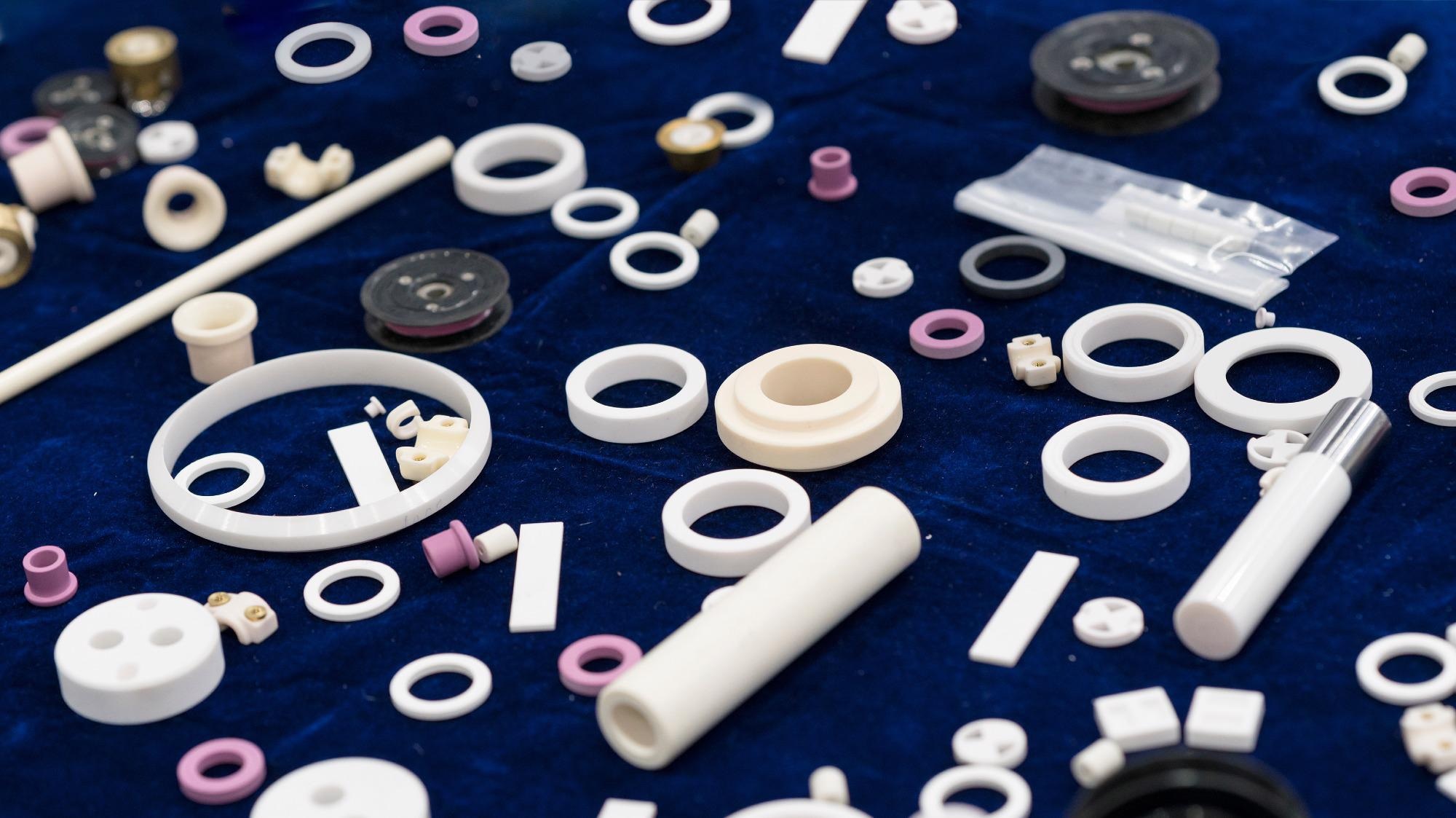
Image Credit: Aumm graphixphoto/Shutterstock.com
The particle size of a material can alter its properties. In the manufacture of ceramics, analyzing particle size is a highly important factor. Scientists seek to control particle size to ensure the finished product has the required physical and mechanical properties. If particle size were not controlled, inconsistencies in product quality and safety would ensue. While there are several methods suitable for particle size analysis, the most common technique used in ceramics manufacture is laser diffraction. Here, we go into depth about why particle size analysis is important when manufacturing ceramics and how scientists carry out this type of analysis.
Why is Particle Size Analysis Important in the Production of Ceramics?
Ceramic items are manufactured from powders. The size and distribution of the particles in these powders are directly linked to the resultant physical and mechanical properties of the product. Therefore, controlling particle size is a key part of ceramic manufacture as it allows the producers to ensure that their products meet requirements.
Most often, oxides such as aluminum oxide to zirconium oxide are used to create ceramic products. The particle sizes of these compounds can vary greatly, from smaller than 100 nm to larger than 100 µm. Without analyzing and controlling particle size, the varying sizes of these oxides would alter the ceramic’s densification, transport, and mechanical properties. This is particularly troublesome in the production of electronic ceramics and fuel cells.
Aluminum oxide is one of the most used materials in the ceramics industry. It helps produce abrasives, porcelain, refractory materials, and other products. Research has demonstrated that the size of aluminum oxide particles directly impacts the mechanical properties of the ceramics produced from aluminum oxide.
Ceramic products are often used due to their strength and robustness. Given that the particle size of the compounds used to produce these products can influence this aspect, running effective particle size analysis is key to ensuring manufacturers reliably supply products that meet the strength requirements of the various applications ceramics are used for.
How to Analyze Particle Size in Ceramics Manufacture
While a number of methods can be successfully employed to analyze particle size, such as dynamic image analysis (DIA), dynamic light scattering (DLS), acoustic spectroscopy, and sieve analysis, perhaps the most commonly used method in the field of ceramics manufacture is static laser light scattering (SLS, also known as laser diffraction).
SLS can detect and measure particles of a vast range of sizes, from particles measuring just 10s of nanometers in diameter, to those as large as millimeters. Given that the range of particle sizes in ceramics is of a similar range, as discussed above in reference to aluminum oxide particles, SLS suits the analytical needs of ceramics manufacture.
The technique of SLS utilizes a laser beam that is passed through a dispersed particulate sample. The intensity of the resultant scattered light is analyzed and the measured angular variation of this light scatter is used to indicate particle size. For example, smaller particles scatter the light at larger angles, whereas larger particles scatter the lighter at smaller angles relative to the laser beam source. The data collected on angular scattering intensity is analyzed using the Mie theory of light scattering to determine the size of the particles in the particulate sample. Particle sizes are reported as the volume equivalent sphere diameter.
Particle Size Analysis Used to Determine Particle Distribution
The Mie theory of light scattering is used to determine the distribution of particles in a sample, which is also influential for the physical and mechanical properties of a ceramic product. The volume equivalent sphere diameter produced earlier on is used to help calculate this distribution.
The sample’s optical properties (its refractive index and imaginary component) are required of the sample being measured alongside the refractive index of the dispersant to calculate particle distribution. Often, the dispersant’s optical properties can be found in published data. If not, then they can also frequently be found recorded within built-in databases of modern measurement instruments. If the optical properties of the sample are not known, then they are measured or estimated using an iterative approach.
While a simpler approach can be used to calculate particle distribution, the Fraunhofer approximation, where knowledge of the sample’s optical properties is not required, this technique cannot produce accurate results for samples with smaller particle sizes.
Summary
Overall, particle size analysis is vitally important in the manufacture of ceramics as it helps maintain product consistency. The size of particles used to create ceramics can impact their physical and mechanical properties, therefore, analysis is vital as part of quality control. Data collected from particle size analysis can often be used to assist in calculations of particle distribution, which is similarly important to the outcome of the ceramics being manufactured.
References and Further Reading
Chi, W. and Xiangjun, G., 2010. Laser Light Scattering: Some Recent Developments. Encyclopedia of Polymer Science and Technology https://onlinelibrary.wiley.com/doi/abs/10.1002/0471440264.pst407
Kalo, H., Möller, M., Ziadeh, M., Dolejš, D. and Breu, J., 2010. Large scale melt synthesis in an open crucible of Na-fluorohectorite with superb charge homogeneity and particle size. Applied Clay Science, 48(1-2), pp.39-45 https://www.sciencedirect.com/science/article/abs/pii/S016913170900310X
Wu, C., n.d. Laser Light Scattering Characterization of Special Intractable Macromolecules in Solution. Grafting/Characterization Techniques/Kinetic Modeling, pp.103-134 https://link.springer.com/chapter/10.1007/3-540-69685-7_3
Disclaimer: The views expressed here are those of the author expressed in their private capacity and do not necessarily represent the views of AZoM.com Limited T/A AZoNetwork the owner and operator of this website. This disclaimer forms part of the Terms and conditions of use of this website.